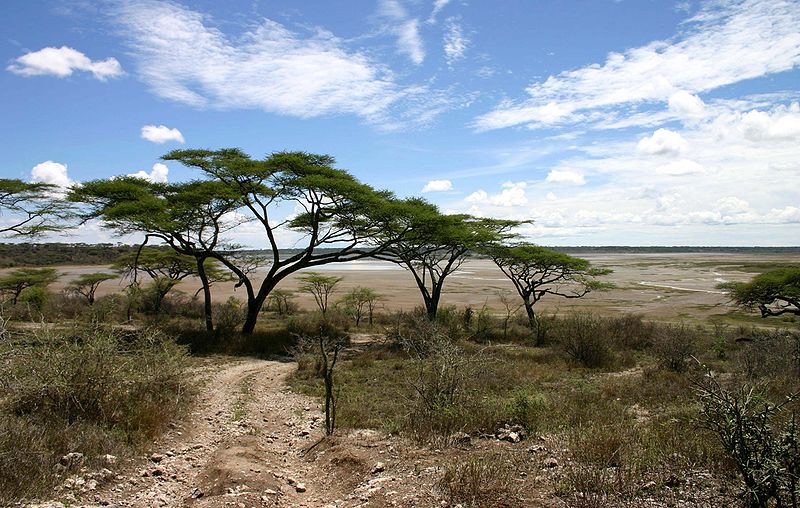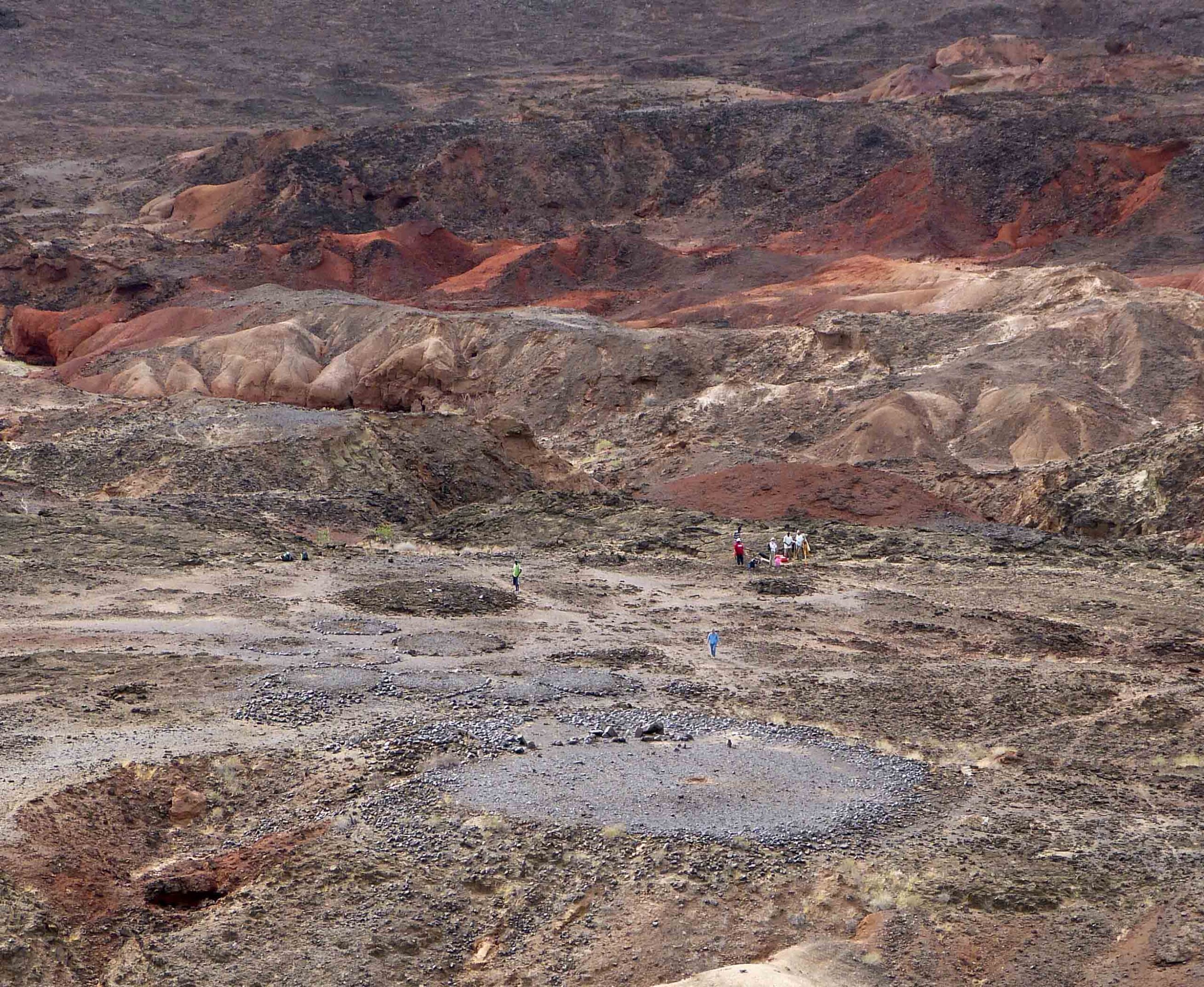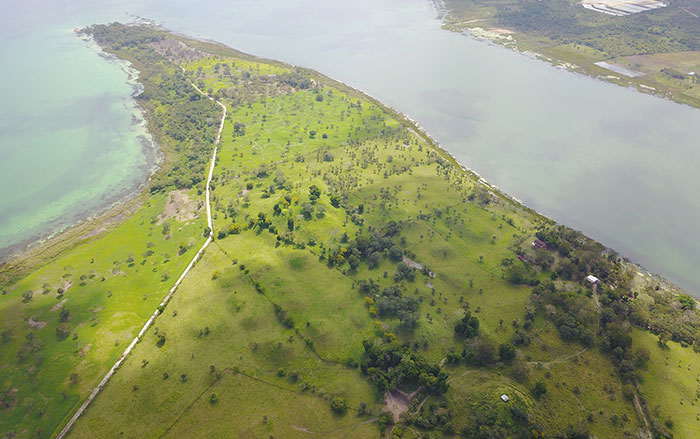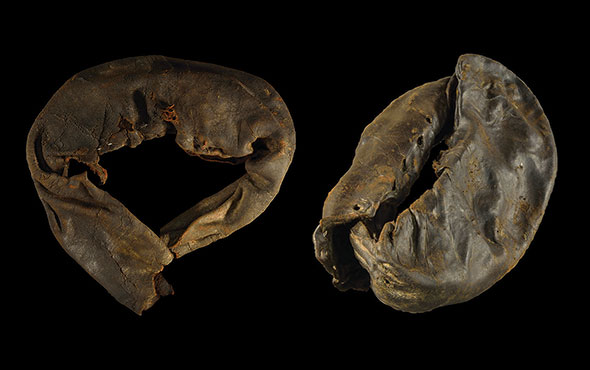
ST. LOUIS, MISSOURI—Ancient nomadic herders may have been a key catalyst to the development of biodiversity in Africa’s Serengeti grasslands, according to a report in New Scientist. A new study finds that dung left behind by herds penned in for the night appear to have provided important concentrations of nutrients in grassland that was otherwise barren. Grassy glades in the Serengeti had been thought to date back some 1,000 years. To see whether they dated back farther, Fiona Marshall of Washington University in St Louis and colleagues sampled layers of earth beneath five previously known ancient pastoral sites in southwestern Kenya. They uncovered dung deposits dating back between 1,550 and 3,700 years. Within the deposits, they found ample remains of plants the livestock had eaten. “Our findings show that African savannahs thought of as ‘untouched’ environments stretching back millions of years are more biodiverse as a result of the spread of the earliest herders,” said Marshall. To read about a massacre that occurred in what is now Kenya around 10,000 years ago, go to “The First Casus Belli.”











